By Mo Carey
Inspired by ways we could help surviving wildlife after the devastating 2019/20 bushfires which destroyed large parts of Eastern Australia, I found this great project on instructables.com. Combining a bit of plumbing work with creative experimentation over a few programs, we created unique watering stations that can be relocated after an area has recovered from fires or kept in place for local wildlife and refilled as needed. It’s been loads of fun making them and finding different homes for our pipes and the great work continues.
The story so far…
We started our project in early 2020 while camping at Cumberland River on the Great Ocean Road. We loaded up on plumbing supplies at the local hardware store and got started on this exciting project. Even though it was peak Summer, it rained so hard the whole week that we only managed the construction side of things – it helped that we had a couple of plumbing wizards. One pipe went back with a participant to be donated to his local Neighbourhood House while the other pipes awaited completion in our warehouse during our long lockdowns of 2020.
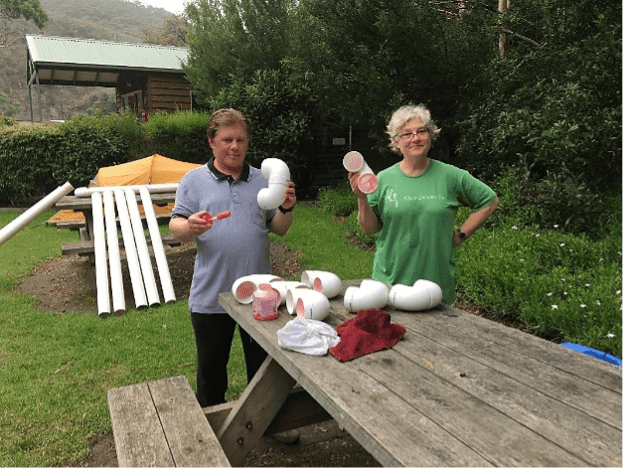
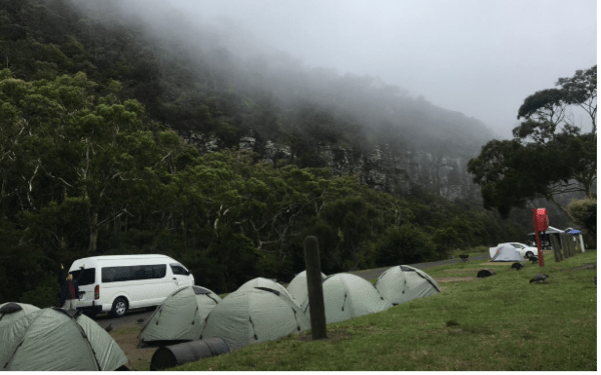
Our Campsite at Cumberland River.
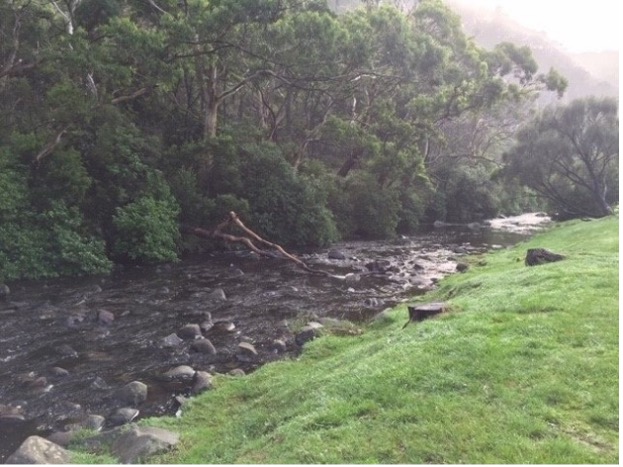
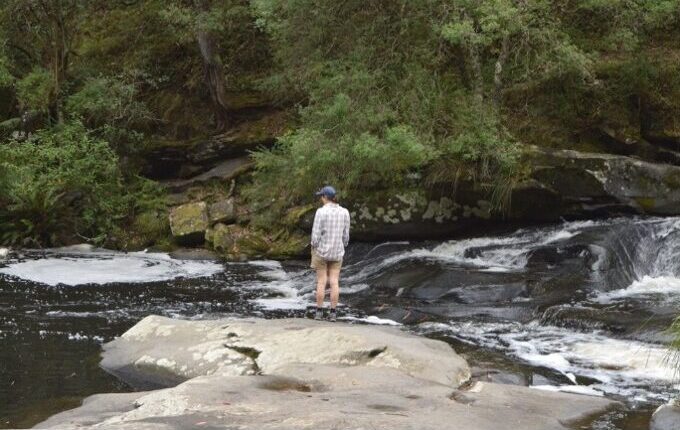
Jebbs Pool, Cumberland River.
By early 2021 we could finally get on with decorating the outside of the pipes. Delighted to get out and about again, our destination this time was a sunny day at Yarra Bend Park. Inhabiting the Bellbird Picnic Area and inspired by the river, bush, and local population of grey-headed flying foxes, we spread our gear out and went to work. Sanding, scratching, and etching, mixing, collecting, and painting, drawing, and printing. We used all sorts of materials and had great results making natural paints from plants, clays, and spices. Fully absorbed with our creative endeavours in our inspiring outdoors studio, the time flew by. We finished the day with the water stations mostly half completed and all the artists feeling great about handing on their beautiful work to the ‘next shift’.
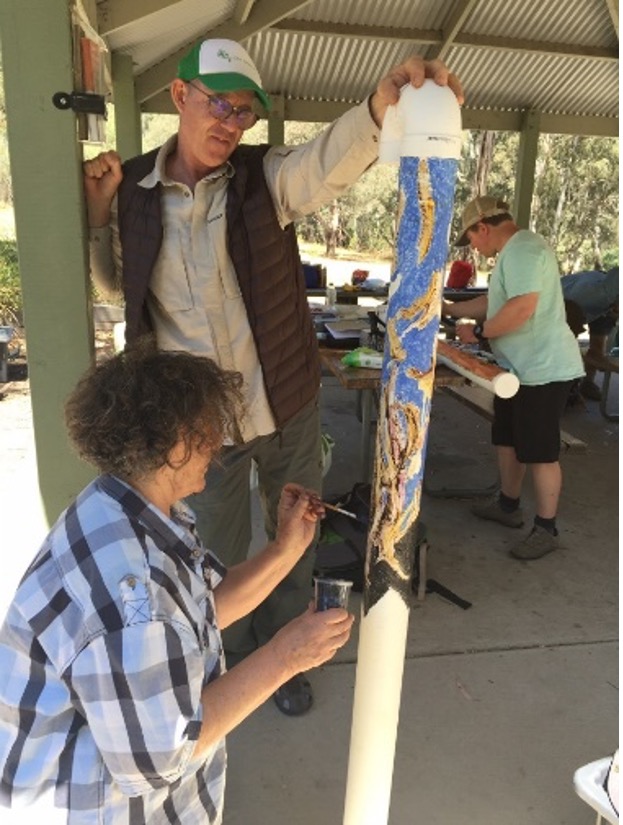
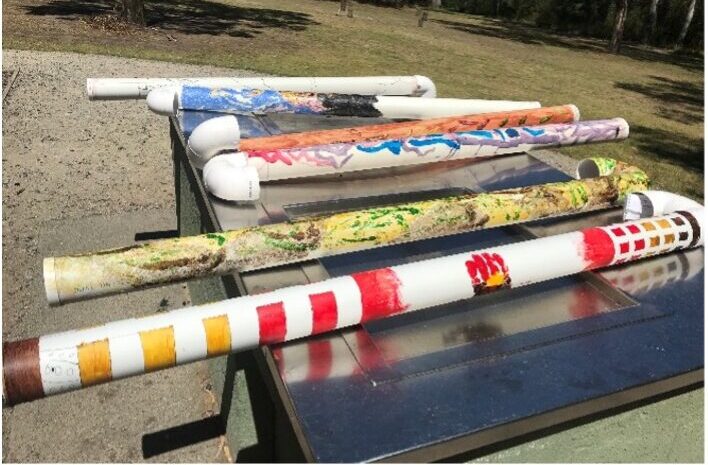
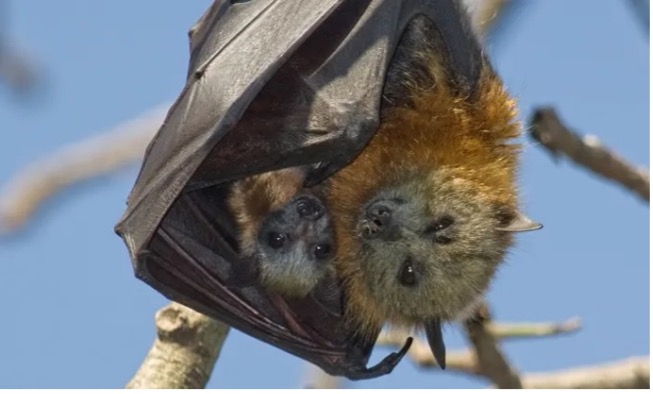
The next crew headed out to the Yarra Ranges, where they were excited to rise to the challenge. We only had a morning to finish the pipes we’d taken with us, varnish and present one to our long-time hosts in Warburton East. While the crew went on a walk, I set up our gear ready for a speedy creative session in the garden with its stunning view over the Yarra Ranges. All was all looking good until I discovered that yours truly had forgotten to pack any paints! (Just as well no one was around!). Then I remembered our creative laboratory at Yarra Bend Park… time to get seriously creative! While some of the crew finished off their chosen pipes others were running around making paints with anything that would give out a colour.
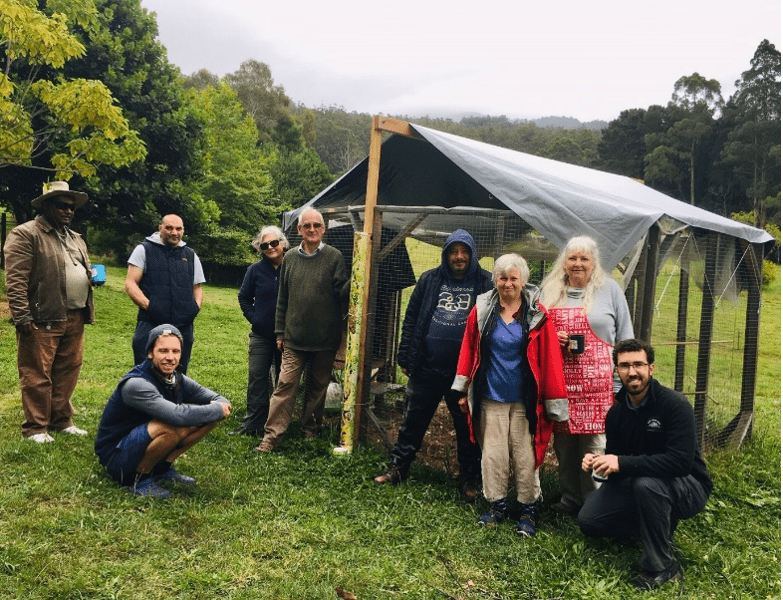
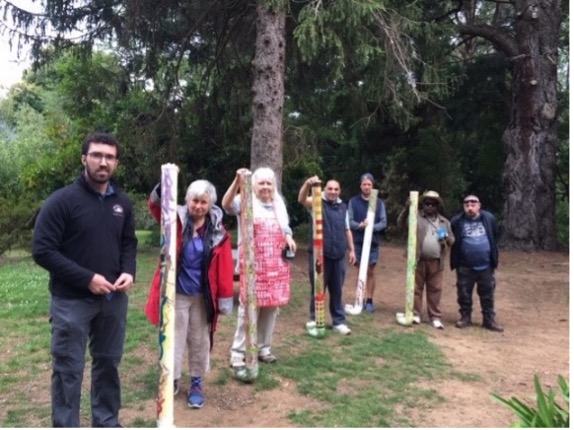
Handover to Barbara & Lindsay. First completed water station installed outside the chook house in a paddock below O’Shannassy Aqueduct Trail for the chooks and wildlife to enjoy. Job well done!
But the story isn’t over yet…. So far, our water stations are finding happy homes in rewilding projects, community gardens, nature sanctuaries, and the like as we travel around the state on our programs. You might see us traveling around with a few pipes in various stages of completion. It’s clear how much enjoyment our large team of creatives has had, and you’re welcome to roll up your sleeves and join us. Out Doors Inc. has a big expo coming up in January 2022 and I can feel it in my waters that our pipes will be making an appearance.
Please contact Mo at Out Doors Inc. if you’d like to be a part of our wildlife water station project and/or know of a place where they can be put to good use.
A word from the original creator Bushfire Wildlife Water Station : 4 Steps (with Pictures) – Instructables
These cheap and easy-to-make water stations can provide a water source for animals such as koalas, wombats, kangaroos, possums, and birds. The water stations can be secured and placed in areas that have been affected by the fires. You can tie the station to a vertical tree or post with rope or cable ties. To refill you will need to remove and lay it flat on the ground.


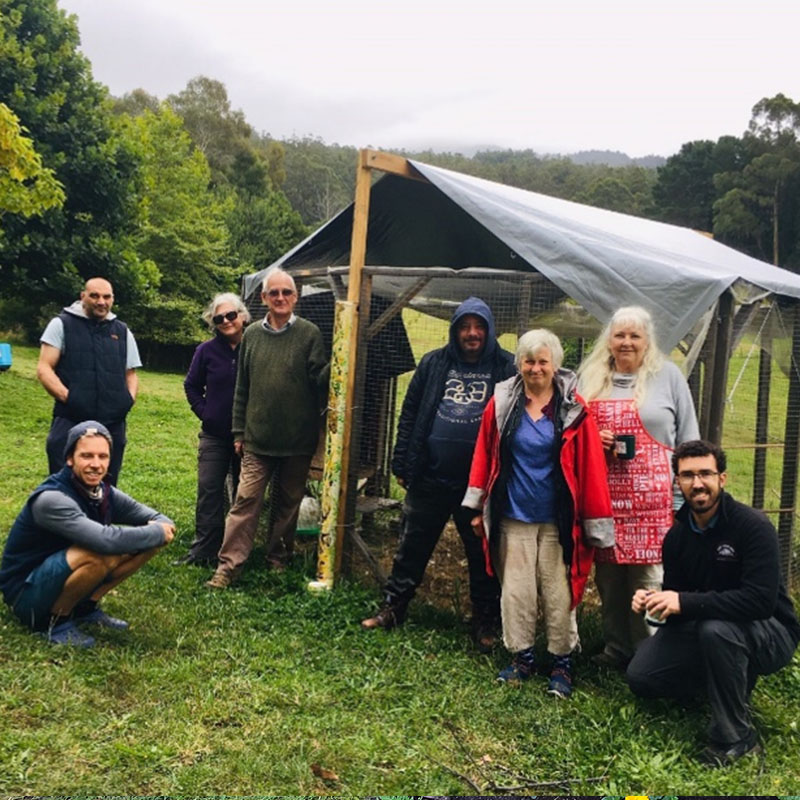



Post a comment